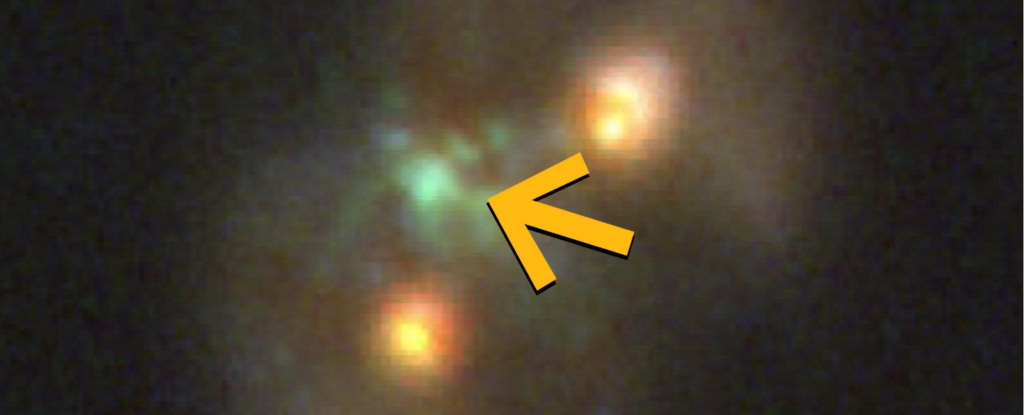T4K3.news
First stars may have formed in a storm of gas
New simulations show turbulence in primordial gas could shape the very first stars, reshaping ideas about the cosmic dawn.
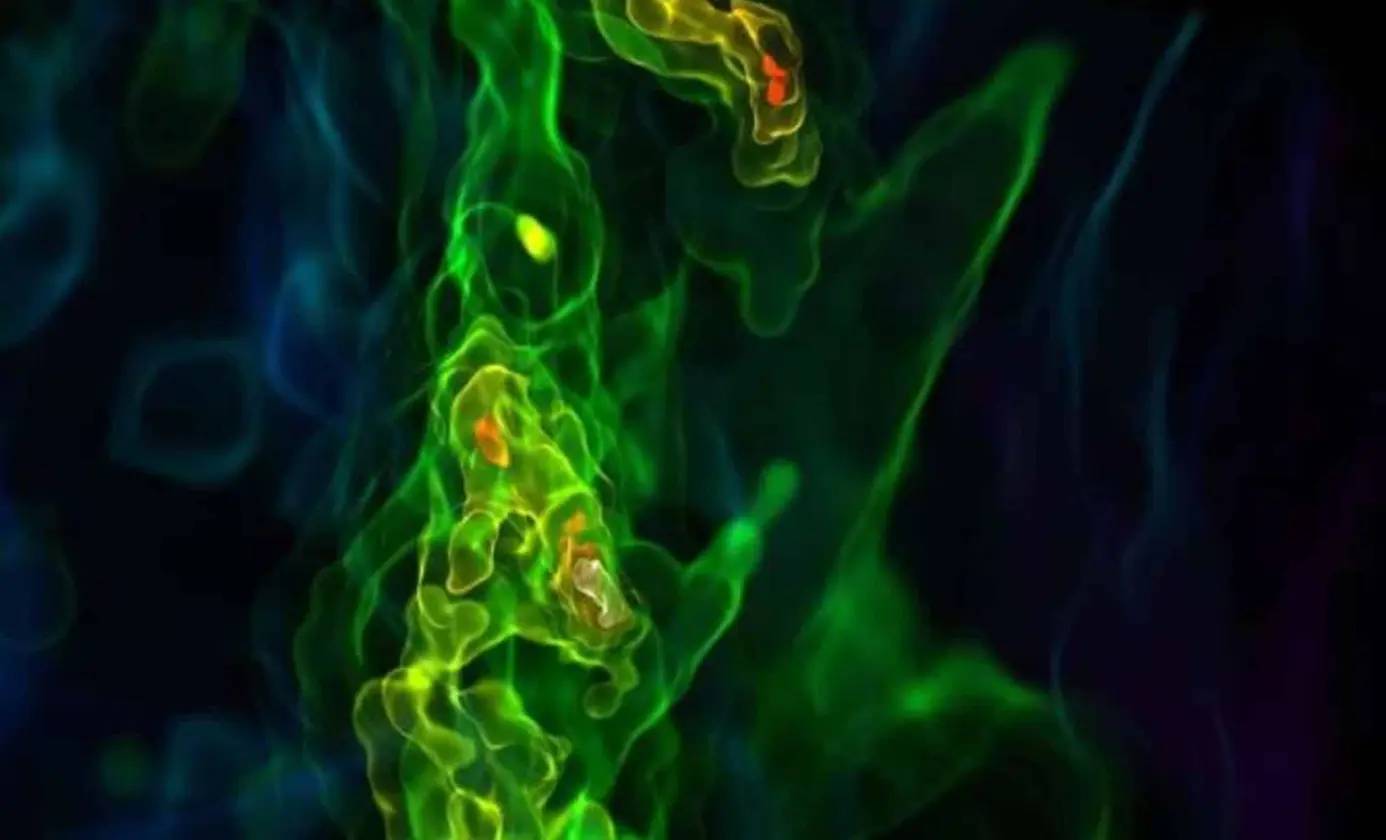
New simulations suggest turbulence in primordial gas helped shape the universe’s first stars.
The Universe’s Very First Stars Reveal An Unexpected Cosmic Chaos
A new set of high‑resolution simulations offers a vivid look at how Population III stars formed in the early universe. Led by Ke‑Jung Chen of the Institute of Astronomy and Astrophysics at Academia Sinica in Taiwan, the study used the GIZMO code and data from the IllustrisTNG Project to push resolution by roughly 100,000 times through particle splitting. The effort shows supersonic turbulence in primordial gas clouds caused the gas to fragment into multiple dense clumps, rather than collapse in a single, orderly fashion. One clump reached the Jeans instability and collapsed into a star of about eight solar masses, with accretion that was highly anisotropic and shaped by tidal forces from the assembling dark matter halo.
Key Takeaways
"This is the first time we’ve been able to resolve the full development of turbulence during the earliest phases of the first star formation"
Chen describing the breakthrough in resolving turbulence
"Violent, chaotic motions were not only present they were crucial in shaping the first stars"
Chen on the role of turbulence
"The dawn of light was born in a storm of gas"
Editorial takeaway paraphrase from the study’s implications
This work reframes the dawn of starlight. Turbulence becomes a central driver of early star birth, linking the physics of tiny gas clouds to the grand assembly of cosmic structure. If gas chaos naturally limits how massive Population III stars can be, it helps explain why the chemical fingerprints expected from certain stellar explosions are not found in the oldest stars we can study today. Yet the findings rely on complex simulations with many uncertain inputs, and they must be tested against other models and indirect observations. The study bridges scales from parsec‑sized gas flows to halo formation, offering a new path to understand how the first light emerged and shaped subsequent galaxy evolution.
Highlights
- Chaos seeded the first light in a storm of gas
- Turbulence writes the script for the universe’s dawn
- Small scales shape cosmic history in ways we almost never expected
- Chaos, not calm, sparked the birth of the first stars
The dawn of light keeps teaching us, one simulation at a time.
Enjoyed this? Let your friends know!
Related News

Astronomers capture first evidence of supermassive black hole formation
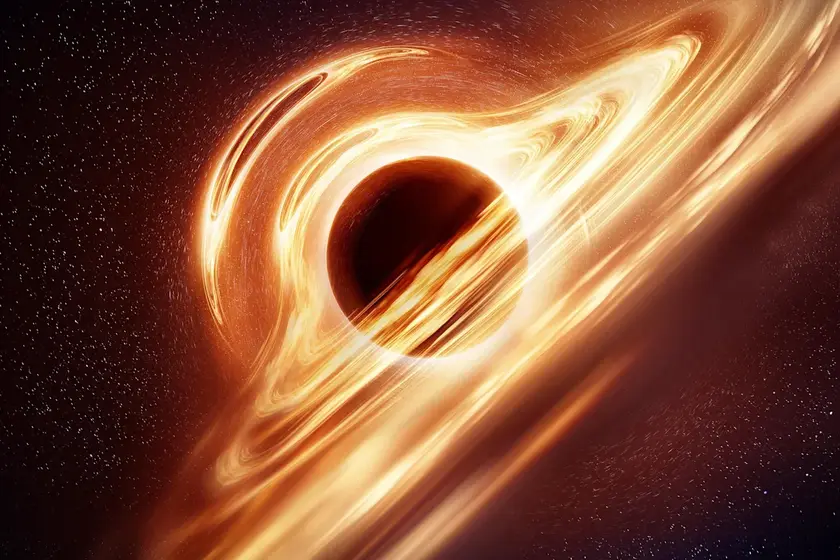
James Webb Telescope may have found early cosmic light sources
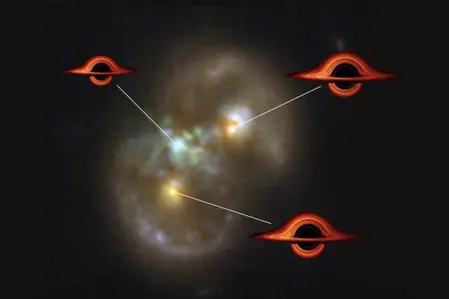
Astronomers capture birth of supermassive black hole

Study reveals earlier planet formation in the solar system
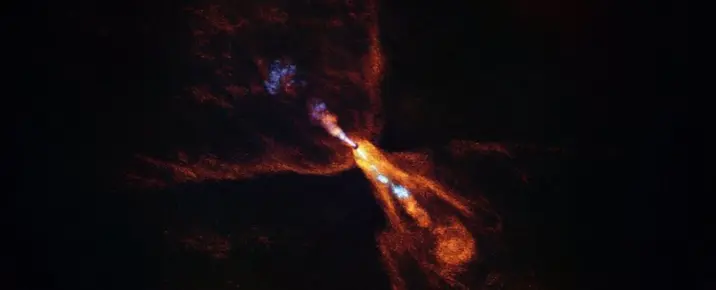
Astronomers Discover New Planetary Formation
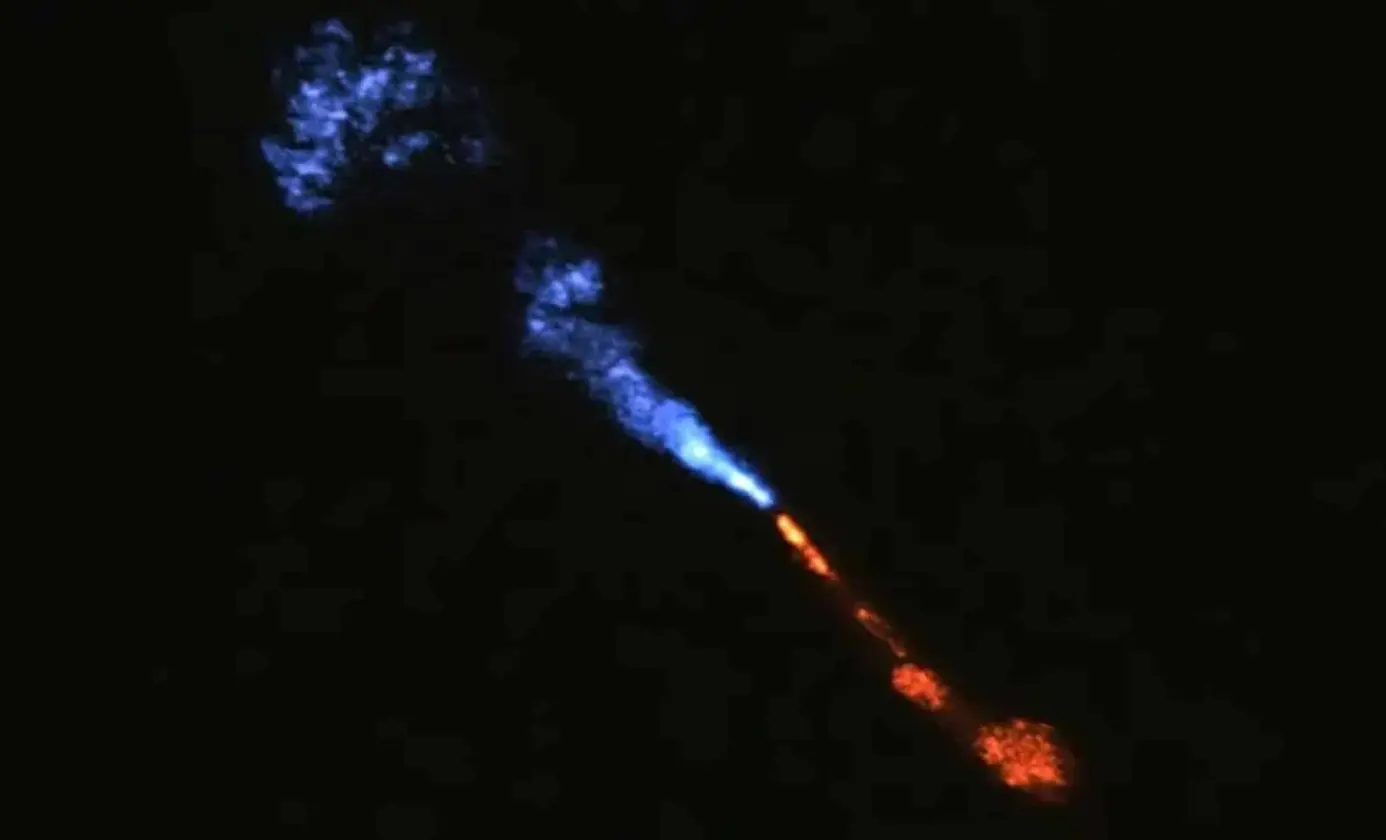
NASA's Webb Telescope Observes New Solar System
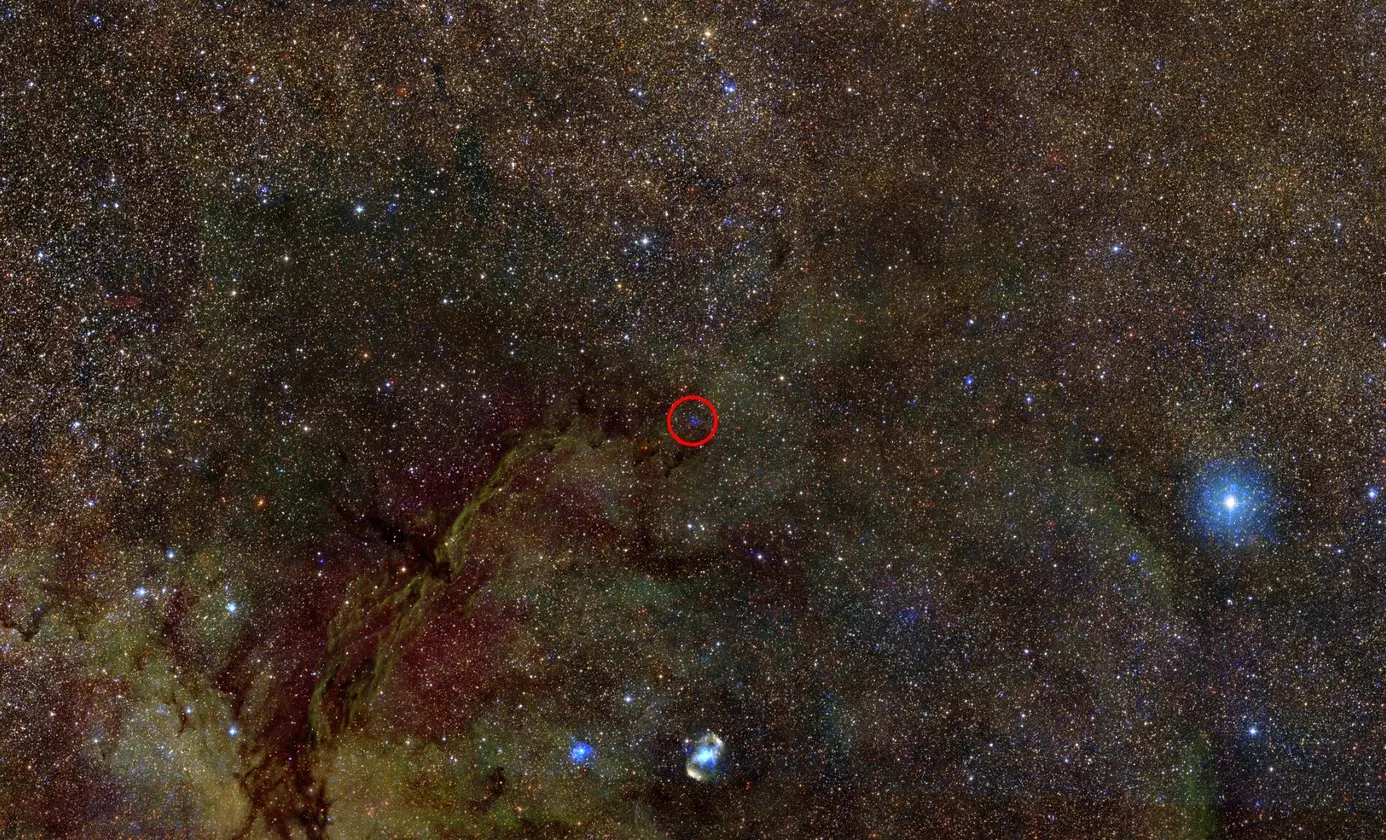
XRISM Uncovers Sulfur in Gas and Solid States
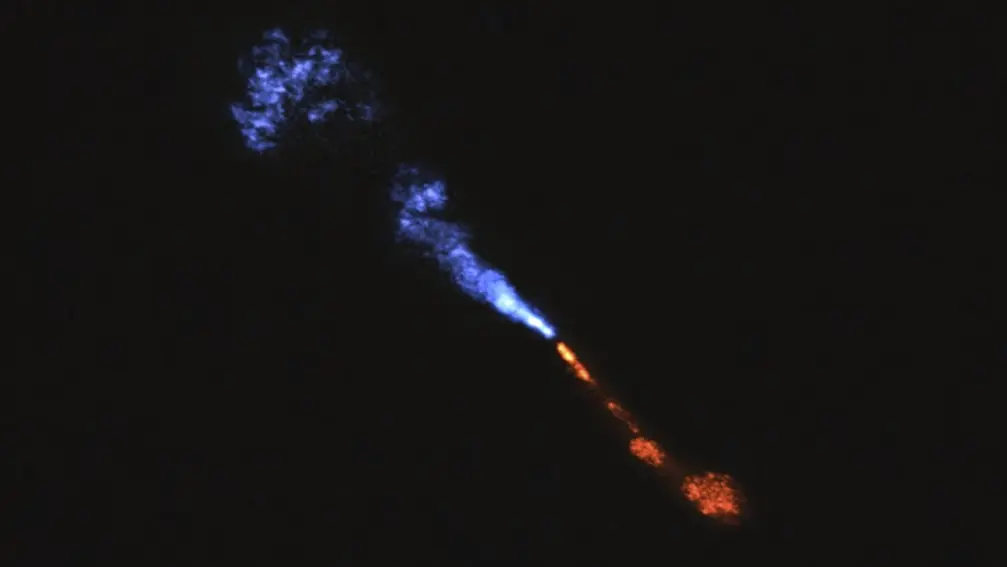
Astronomers discover early planet formation
